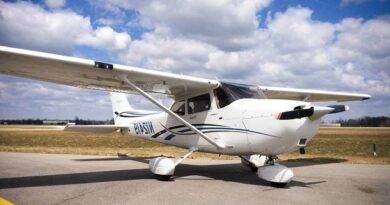Bounced Landing and How to Recover
A bounced landing is a type of landing where an aircraft touches down on the runway, bounces back into the air, and touches down again. This can happen due to several reasons, such as excessive speed or a hard touchdown. Bounced landings can be dangerous, as they can cause structural damage to the aircraft and result in injuries or fatalities.
To recover from a bounced landing, pilots must take immediate action. According to Boldmethod, the recovery procedure involves the following steps:
-Apply maximum power immediately to execute a go-around.
*Pitch the aircraft up to a level attitude and then retract the flaps to the previous setting.
-Retract the landing gear after the aircraft has reached a safe altitude.
*Climb straight ahead to a safe altitude, then make a normal approach and landing.
During the recovery, pilots must ensure that they maintain control of the aircraft and avoid overcorrecting, which can lead to loss of control. It is essential to follow the aircraft’s operating manual and standard procedures during the recovery process.
Preventing bounced landings is crucial in aviation. Pilots must ensure that they approach the runway at the correct speed and attitude, and make a smooth touchdown. Proper training, experience, and situational awareness are also essential in avoiding bounced landings.
In conclusion, bounced landings can be dangerous and require immediate action from pilots to recover safely. It is crucial to follow the standard recovery procedure and avoid overcorrecting during the recovery process. Pilots must also take preventive measures to avoid bounced landings by maintaining the correct approach speed and attitude.

References:
- Boldmethod. (n.d.). How To Recover From A Bounced Landing. Retrieved from https://www.boldmethod.com/learn-to-fly/maneuvers/how-to-recover-from-a-bounced-landing/
- Wikipedia. (2022). Bounced landing. Retrieved from https://en.wikipedia.org/wiki/Bounced_landing
Image source: https://www.aviationsafetymagazine.com/features/fixing-your-bounce/


